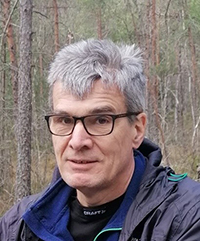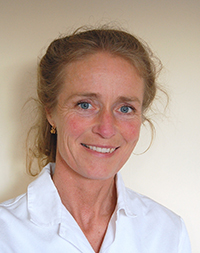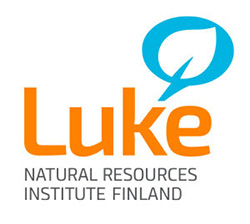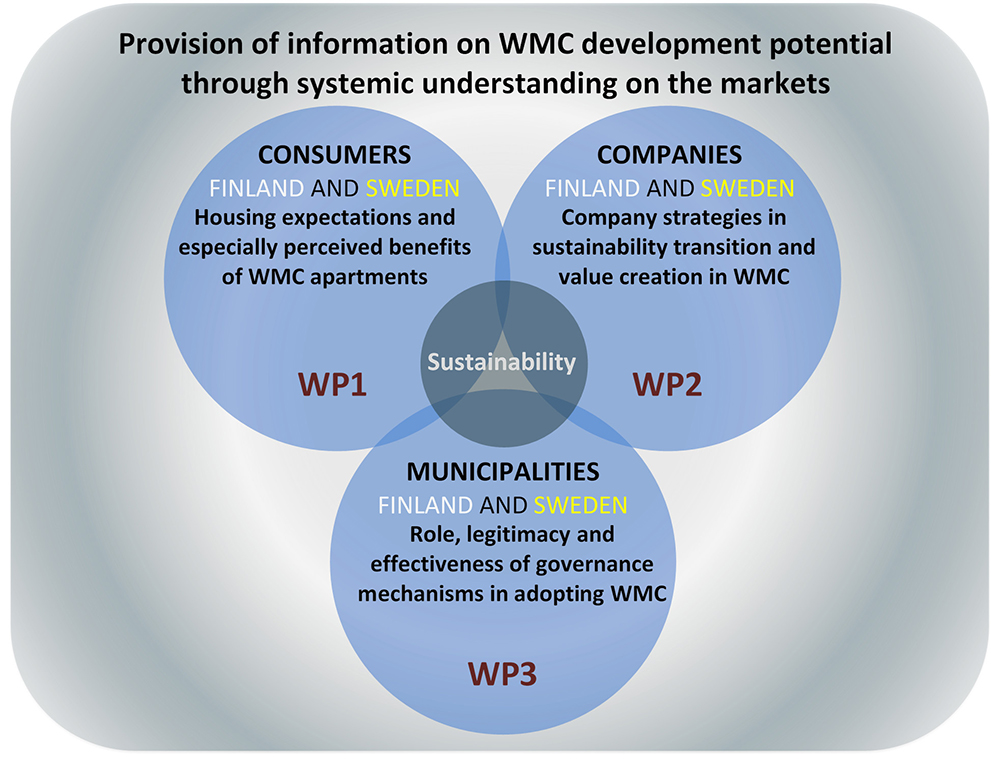Project leaders and primary contacts
 Anders Roos, Swedish University of Agricultural Sciences (SLU)
Anders Roos, Swedish University of Agricultural Sciences (SLU)
Professor in Business Administration with a focus on forest based supply chains’ sustainability and efficiency, operations management, business development and global forest issues - policies and livelihoods.
Email: anders.roos@slu.se
ORCID
Photographer: Hanna Roos
 Ritva Toivonen, University of Helsinki
Ritva Toivonen, University of Helsinki
Ritva Toivonen, Dean, Faculty of Agriculture and Forestry, University of Helsinki, Docent (Forest Economics and Marketing). Ritva Toivonen’s research interests are in sustainable markets and marketing of forest products, and business in sustainable wood construction. She has led/participated in research projects on wood construction such as www.woodenliving.net. In the Tandem Know project, she acts as the project leader and her research focuses particularly consumer behavior.
Email: ritva.toivonen@helsinki.fi
Twitter: @ritvatoivonen
Photographer: Veikko Somerpuro
Additional participants

Elias Hurmekoski, University of Helsinki
Finnish Academy postdoctoral research fellow at the Department of Forest Sciences. His research interests relate to wood construction, forest-based industries, forest sector foresight, and the climate impacts of the forest sector.
ORCID
Photographer: Kimmo Haapala
 Liina Häyrinen, Natural Resources Institute Finland (LUKE)
Liina Häyrinen, Natural Resources Institute Finland (LUKE)
Postdoctoral researcher with a background in forest-based business economics and marketing. Research has focused on e.g. business ecosystems of wooden multi-story construction, family forest owners and their forestry service needs, and citizens’ nature and forest relationships.
Email: liina.hayrinen@luke.fi
GoogleScholar
Photographer: Jaakko Kinnari
 Jaakko Jussila, University of Helsinki
Jaakko Jussila, University of Helsinki
Researcher in University of Helsinki and a PhD student. End-user approach to development of wood-based construction sector, with focus on wooden multi-storey buildings, role of institutions in construction, drivers and barriers for the industry development. Thesis on progress within theme: views on detached homebuilders and prefabricated housing industry.
Email: jaakko.a.jussila@helsinki.fi
Photographer: Kalle Viira
 Katja Lähtinen, Natural Resources Institute Finland (LUKE)
Katja Lähtinen, Natural Resources Institute Finland (LUKE)
Katja Lähtinen is a research professor in business economics at Natural Resources Institute Finland (Luke) with experience on the strategic management in the forest-based sector. Connected to the wood construction, she has addressed, e.g., the role of urban planning and consumer expectations to develop businesses and enhance sustainable urbanization.
Email: katja.lahtinen@luke.fi
Twitter: @KatjaLaehtinen
Orcid
GoogleScholar
Photographer: Timo Roschier
 Cecilia Mark-Herbert, Swedish University of Agricultural Sciences (SLU)
Cecilia Mark-Herbert, Swedish University of Agricultural Sciences (SLU)
Cecilia Mark-Herbert works as a researcher and senior lecturer in marketing and environmental management. She shows particular interest in food and fiber industry issues related CR, Corporate Responsibility.
E-mail: cecilia.mark-herbert@slu.se
ORCID
Photographer: Roger Herbert
 Emil Nagy, Swedish University of Agricultural Sciences (SLU)
Emil Nagy, Swedish University of Agricultural Sciences (SLU)
Emil Nagy is a PhD Student at the department of Forest Economics. His interest lies in the research of sustainability transitions in the housing market and the multi-storey building enterprises market strategies. He has a background in the forest industry and has an MSc in forestry from SLU.
E-mail: emil.nagy@slu.se
Photographer: Emil Nagy

Anne Toppinen has worked since 2008 as Professor of forest economics and business at University of Helsinki and leads multidisciplinary sustainability science community (HELSUS). She has led several national projects on wood construction such as www.woodenliving.net.
Email: anne.toppinen@helsinki.fi
GoogleScholar
Twitter: @annetoppinen
Orcid
Photographer: Veikko Somerpuro




 Anders Roos
Anders Roos Ritva Toivonen, University of Helsinki
Ritva Toivonen, University of Helsinki
 Liina Häyrinen
Liina Häyrinen Jaakko Jussila, University of Helsinki
Jaakko Jussila, University of Helsinki
 Cecilia Mark-Herbert
Cecilia Mark-Herbert Emil Nagy, Swedish University of Agricultural Sciences (SLU)
Emil Nagy, Swedish University of Agricultural Sciences (SLU)